 2013 BMW i3 (l01) Dimensions, Size & Specs
2013 BMW i3 (l01) Dimensions, Size & SpecsMeasurements of the 2013 BMW i3, engineered for optimal performance and comfort
| Dimensions | |
|---|---|
| Length: | 3999 mm157.4 in13.1 ft |
| Width: | 1775 mm69.9 in5.8 ft |
| Height: | 1578 mm62.1 in5.2 ft |
| Ground Clearance: | 140 mm5.5 in0.5 ft |
| Trunk Capacity: | 260 liter9.2 cu ft |
| Trunk Capacity (Max): | 1100 liter38.8 cu ft |
| Weight Specifications | |
| Curb Weight: | 1195-1315 kg2635-2899 lbs |
| Maximal permitted Weight: | 1620-1730 kg3571-3814 lbs |
| Tire Specifications | |
| Rims Sizes: | 19-inch rims:
|
| Tire Sizes: |
|
The BMW i3 (L01) hatchback, produced between 2013 and 2017, is a compact electric vehicle designed to blend urban practicality with innovative technology. With an overall length of 3999 mm (157.3 inches), a width of 1775 mm (69.9 inches), and a height of 1578 mm (62.1 inches), the i3 offers a distinctive compact stance ideal for city driving and tight parking spaces. Weighing between 1195 and 1315 kilograms (2635 to 2898 pounds) in curb weight, the i3 balances lightweight construction with robust electric components. It has a maximum allowable weight ranging from 1620 kg to 1730 kg (3571 to 3814 lbs), accommodating passengers and cargo effectively. The vehicle’s luggage capacity stands at 260 liters (9.2 cubic feet) with all seats upright, which expands substantially to 1100 liters (38.8 cubic feet) when rear seats are folded down, providing versatile cargo flexibility for day-to-day errands. Sitting on rims sized 5J x 19 and 5.5J x 19 with tires measuring 155/70 R19 and 175/65 R19, it ensures stability and grip on urban roads. The i3’s ride height or ground clearance of 140 mm (5.5 inches) further supports nimble maneuvering over city surfaces and minor obstacles. This hatchback’s compact yet functional design and electric drivetrain make it a pioneering model in BMW’s lineup, merging eco-conscious driving with practical dimensions and sufficient passenger comfort.
Discover the standout features that make the 2013 BMW i3 a leader in its class
Have a question? Please check our knowledgebase first.
The BMW i3 (l01) hatchback, manufactured from 2013 to 2017, has a length of 3999 mm (approximately 157.3 inches), a width of 1775 mm (around 69.9 inches), and a height of 1578 mm (about 62.1 inches). These compact dimensions contribute to its agility and ease of maneuverability, making it well-suited for urban driving and tight parking spaces while maintaining a spacious cabin for passengers.
The curb weight of the BMW i3 (l01) ranges from 1195 to 1315 kilograms (2635 to 2898 pounds), depending on the specific configuration and battery options. Its maximum gross vehicle weight ranges from 1620 to 1730 kilograms (3571 to 3814 pounds). The relatively lightweight construction, aided by materials like carbon fiber, helps enhance the car's electric performance efficiency and handling dynamics, contributing to brisk acceleration and improved energy consumption compared to heavier electric vehicles.
The BMW i3 (l01) offers a luggage capacity of 260 liters (approximately 9.2 cubic feet) when the rear seats are in the upright position, which is suitable for daily errands and light cargo. When the rear seats are folded down, the capacity expands significantly to 1100 liters (about 38.8 cubic feet), allowing for much larger items or increased cargo volume, enhancing versatility for various transportation needs.
The BMW i3 (l01) has a ground clearance of 140 mm (approximately 5.5 inches). This relatively modest ride height suits it primarily for urban and paved road environments, offering a lower center of gravity that benefits handling and stability. While the clearance is enough for mild bumps and speed humps, it may not be well-suited for rugged terrain or off-road conditions, as the undercarriage could be vulnerable to scraping on uneven surfaces.
Yes, the BMW i3 (l01) fits comfortably inside most standard residential garages. With its length of 3999 mm (157.3 inches), width of 1775 mm (69.9 inches), and height of 1578 mm (62.1 inches), it occupies less space than many conventional cars and SUVs. Standard garages typically have dimensions exceeding 5.5 meters (18 feet) in length and 2.4 meters (8 feet) in width, so the i3 can be easily parked inside with room to spare for opening doors and storage.
The BMW i3 (l01) comes equipped with distinct tire and rim sizes designed for efficiency and maneuverability. The rims include sizes 5J x 19 and 5.5J x 19, paired with tire sizes of 155/70 R19 and 175/65 R19. These relatively narrow tires reduce rolling resistance, which contributes to improved electric range and energy efficiency. The large 19-inch rims provide a sporty appearance and enhance cornering stability without compromising ride comfort excessively.
The BMW i3 (l01) is BMW's first all-electric model designed from the ground up, so it does not have a direct predecessor in BMW's electric lineup. Compared to earlier electric vehicle ventures or converted internal combustion models, the i3 introduced a new compact hatchback segment with a unique combination of lightweight carbon fiber reinforced plastic construction and urban-friendly dimensions. Its size strikes a balance between practicality and maneuverability much smaller than traditional BMW sedans but optimized for city driving.
Dimensionally, the BMW i3 (l01) is competitive with electric hatchbacks like the Nissan Leaf and Volkswagen e-Golf, although it is slightly shorter in length at 3999 mm (157.3 inches) compared to the Leaf's approximately 4440 mm (174.8 inches) and the e-Golf's 4270 mm (168.1 inches). The i3's narrow width of 1775 mm (69.9 inches) aids in urban agility. While its luggage space of 260 liters is smaller than some rivals, it compensates with a unique rear-hinged rear door design for easier passenger access and a high-tech, sustainable interior, making it a distinct choice among contemporaries.
The compact dimensions and lightweight nature of the BMW i3 (l01) make it exceptionally suited for urban environments. Measuring just 3999 mm in length and weighing between 1195 and 1315 kg, it provides easy maneuverability through tight city streets and congested traffic. Its narrow width and small turning radius facilitate parking in cramped spaces, while the weight aids in energy efficiency and agility. This combination reduces driver stress in urban settings and contributes to a greener driving experience without sacrificing practicality.
Despite the BMW i3 (l01)'s compact exterior dimensions, its interior is thoughtfully designed to maximize space and comfort. The car's tall height of 1578 mm (62.1 inches) allows for good headroom, while the use of innovative packaging such as flat battery placement under the floor frees up cabin space. Large windows and a minimalist dashboard enhance the feeling of openness. The unique rear suicide doors enable easier access to the back seats, improving passenger convenience and making the interior feel less cramped than typical subcompact hatchbacks.
Discover similar sized cars.
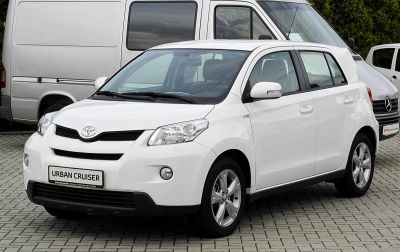
| Production: | 2008-2014 |
|---|---|
| Model Year: | 2008 |
| Length: | 3930 mm154.7 in |
| Width: | 1725 mm67.9 in |
| Height: | 1525-1540 mm60.0-60.6 in |
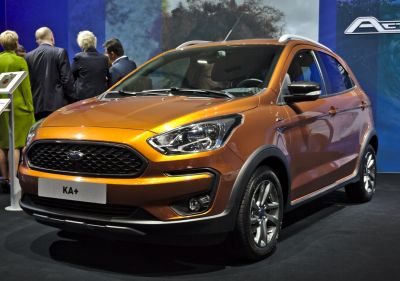
| Production: | 2018-2021 |
|---|---|
| Model Year: | 2018 |
| Length: | 3955 mm155.7 in |
| Width: | 1743 mm68.6 in |
| Height: | 1551 mm61.1 in |
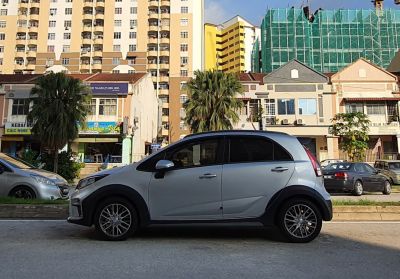
| Production: | 2021-present |
|---|---|
| Model Year: | 2021 |
| Length: | 3945-3965 mm155.3-156.1 in |
| Width: | 1722-1740 mm67.8-68.5 in |
| Height: | 1554-1574 mm61.2-62.0 in |
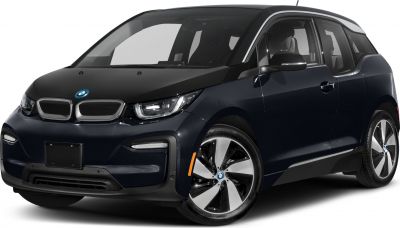
| Production: | 2017-2022 |
|---|---|
| Model Year: | 2017 |
| Length: | 4006 mm157.7 in |
| Width: | 2039 mm80.3 in |
| Height: | 1590 mm62.6 in |
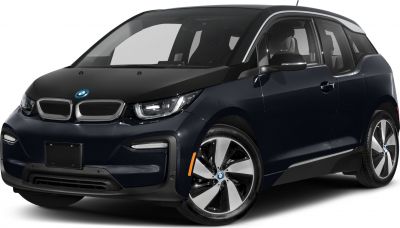
| Production: | 2017-2022 |
|---|---|
| Model Year: | 2017 |
| Length: | 4011 mm157.9 in |
| Width: | 2039 mm80.3 in |
| Height: | 1598 mm62.9 in |
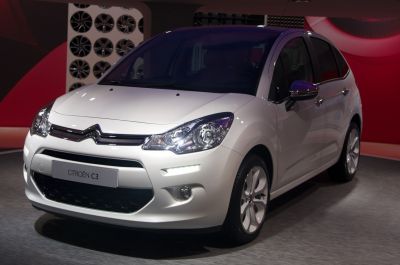
| Production: | 2013-2016 |
|---|---|
| Model Year: | 2013 |
| Length: | 3941 mm155.2 in |
| Width: | 1986 mm78.2 in |
| Height: | 1538 mm60.6 in |
